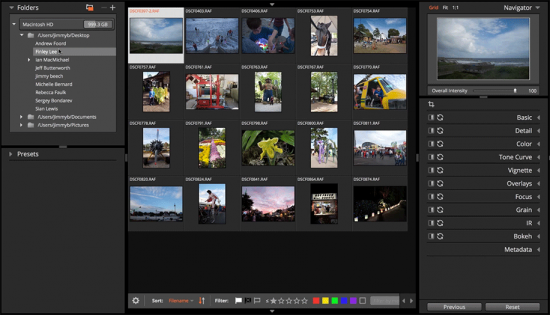

diseases-conditions/flu/symptoms-causes/syc-20351719 Key facts about the seasonal flu vaccine.Influenza (flu): Preventative steps (2018).How long does the flu last? /staying-healthy/how-long-does-the-flu-last cdc.gov/flu/professionals/acip/clinical.htm Clinical signs and symptoms of influenza.Time lines of infection and disease in human influenza: A review of volunteer challenge studies.

You can learn more about how we ensure our content is accurate and current by reading our editorial policy. Healthline has strict sourcing guidelines and relies on peer-reviewed studies, academic research institutions, and medical associations. Make sure to quickly throw away any used tissues. When you sneeze or tough, try to do so into a tissue or the crook of your elbow to reduce the spread of respiratory particles. If soap and water aren’t available, use an alcohol-based hand sanitizer. Wash your hands with soap and warm water often, especially after coughing, sneezing, or touching your face. Try to limit your contact with others until you’ve been fever-free for at least 24 hours. The flu is extremely contagious, so it can spread quickly in crowded settings, such as schools and offices. If you already have the flu, there are a few things you can do to reduce your risk of passing it to others: If you touch a contaminated object and then touch your eyes, nose, or mouth, you may get the flu. This surgery involves cutting through the gum to expose the tooth and apply a special. Once your child’s mouth has space for the canine to come in and the tooth still fails to erupt, an oral surgeon performs a minor surgery. The virus can also be transmitted through coming into contact with objects or surfaces, such as a door handle or keyboard, that are coated in these respiratory particles. The expose and bond process takes teamwork between your child’s dentist, an oral surgeon, and an orthodontist. If you have the flu and sneeze in a crowded area, those around you can inhale the particles of your sneeze and get the virus. The flu mostly spreads through respiratory particles that are released when your cough and sneeze.


 0 kommentar(er)
0 kommentar(er)
